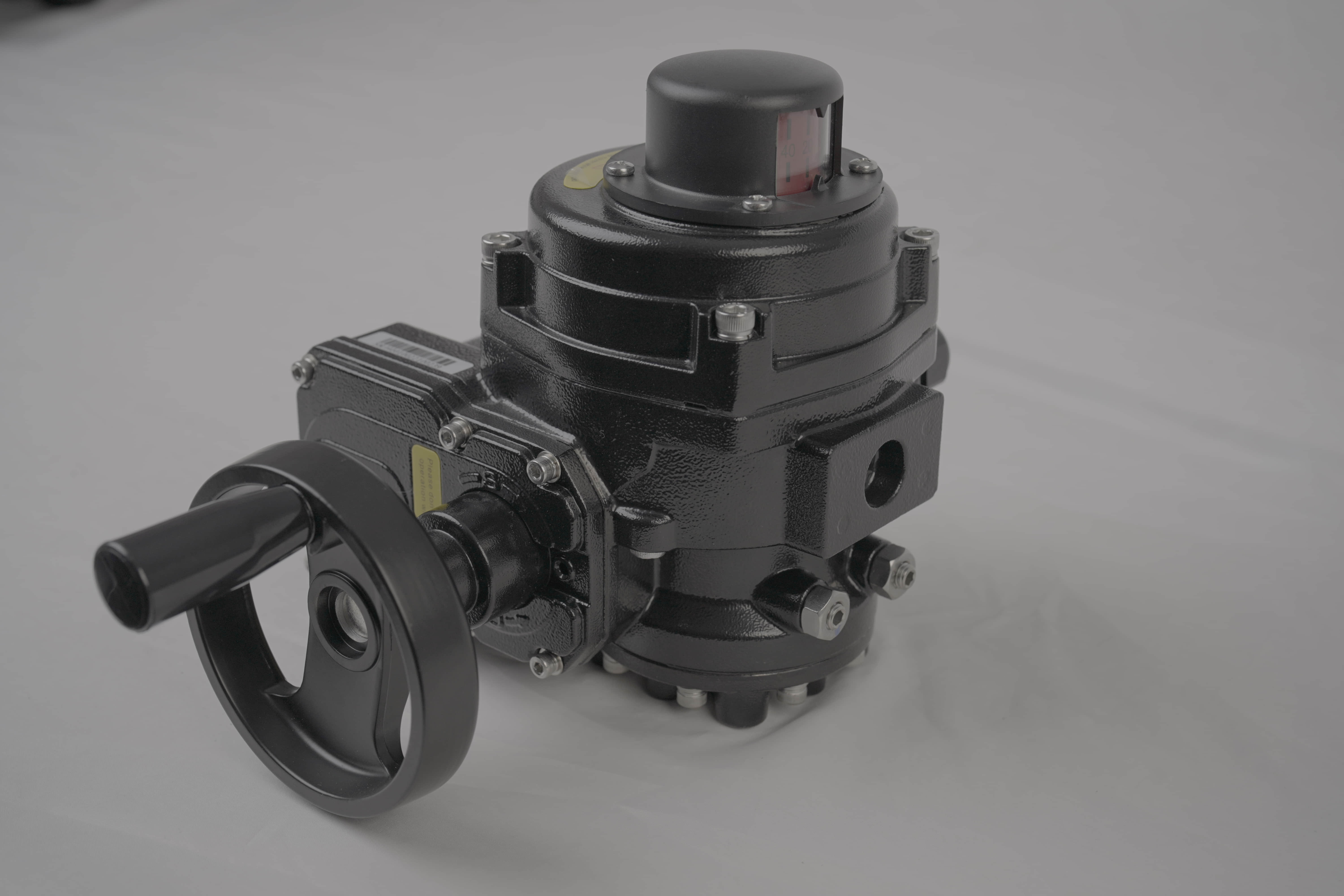understanding the wcb lithium battery valve: a key component for safety and efficiency
Release time:2024-12-03 13:43:46
Lithium batteries have revolutionized the energy storage landscape, powering everything from electric vehicles to portable electronics. However, with the advantages of lithium-ion technology come specific challenges, particularly regarding safety and reliability. One critical component that plays a significant role in ensuring the safe operation of lithium batteries is the WCB lithium battery valve. This article delves into the function, design, and importance of the WCB lithium battery valve in modern battery systems.

The Role of the WCB Lithium Battery Valve The WCB lithium battery valve is a safety device designed to manage the internal pressure of lithium batteries. During the operation of a lithium battery, chemical reactions occur that generate gases. If these gases are not vented properly, they can lead to increased pressure within the battery cell. This excessive pressure can cause dangerous conditions, such as leaks, thermal runaway, or even explosions. The primary function of the WCB lithium battery valve is to act as a pressure relief mechanism, allowing gases to escape safely when the internal pressure exceeds a predetermined threshold.

